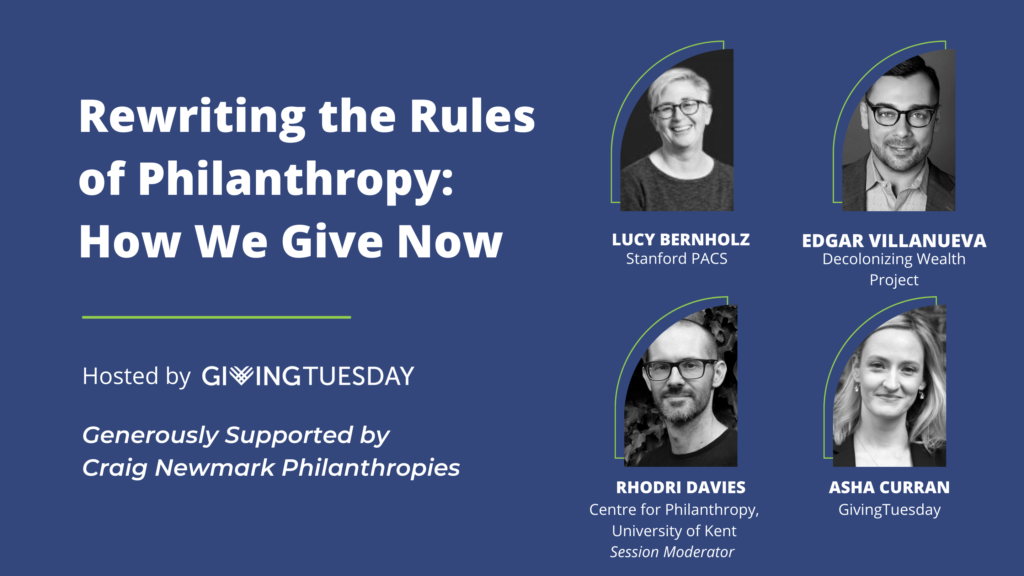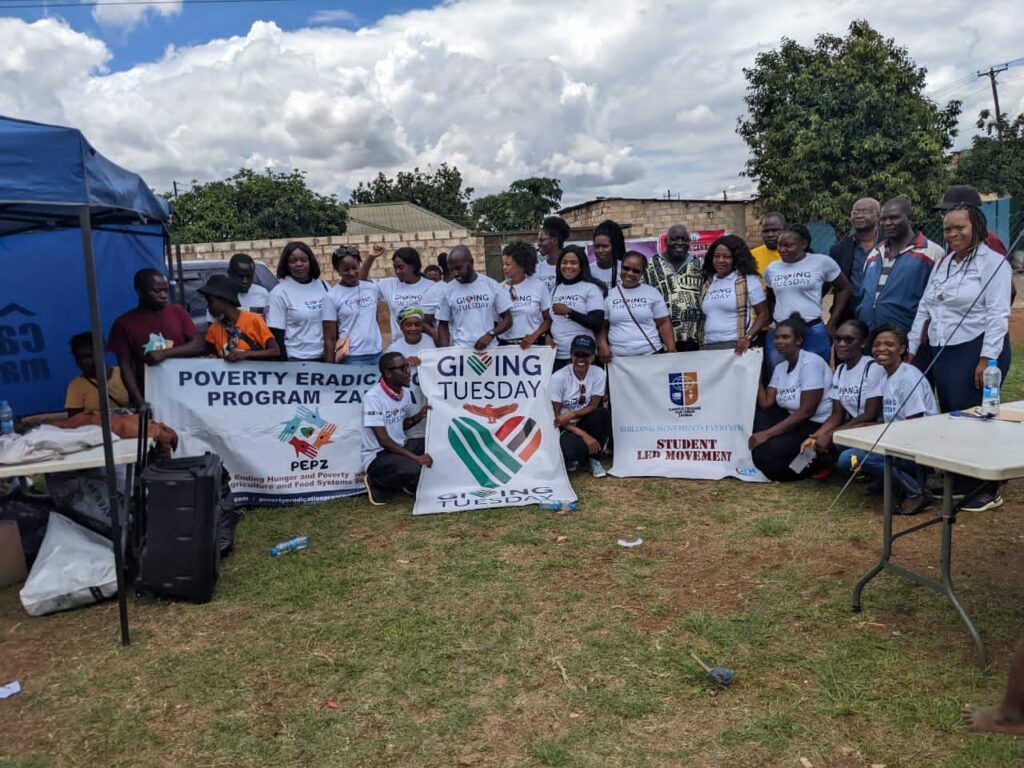Generosity is on people’s minds more than ever. As the world faces multiple global crises, the conversation around generosity has become louder, more impactful, and more vital than ever before. Understanding how people connect with generosity online can provide invaluable insights into the areas and actions that are most meaningful to them, and the key to unlocking the immense power of generosity.
We paired up with Pulsar to get to the bottom of the ways people from around the world relate to giving. Our partnership included collaborating on a live dashboard hosted on our Virtual Generosity HQ Experience which provided hourly updates on the keywords, hashtags, causes, and types of appeal mentioned in conjunction with the #GivingTuesday hashtag. We further collaborated on a webinar, where we explored the nature of the social conversation and what it might mean for nonprofits and those invested in growing the generosity economy. Here we take a look at the wider data surrounding GivingTuesday year over year and take a deep dive into how online audiences are talking about giving and generosity.
While 2021 saw Science & Education the top cause, 2022 sees attention turn to Health & Healthcare, along with Children & Elderly and Animal Welfare. Inside these cause-based conversations, we see the topic turn frequently to donation requests, events and personal stories from those affected by the cause.
Though previous years have seen Empowerment increasingly become the most important CTA, GivingTuesday 2022 sees a bigger emphasis on Urgency. Looking at posts using Urgency, as well as seeing posts asking for urgent monetary donations, we see that a lot of posts are asking for urgent non-financial support. This shows that the GivingTuesday audience finds direct, non-monetary ways of giving to be a useful aid and often a time-sensitive lifeline. We are slightly concerned with the increase in the use of urgency as a call to action though, as it often leads to transactional giving rather than fostering long-term relationships with donors. Research has consistently shown that this approach can be detrimental to recurring giving, making it more effective to use calls to action that empower donors, highlighting the impact they can make and engaging them in the organization’s mission.
View this post on Instagram
When taking a closer look at how different Calls to Action related to different causes, it becomes apparent that there are a few trends. One of the most notable is that no single cause tends to use only one method. Rather, charities and individuals aligned with a particular cause tend to employ a range of different language types.
We also see correlations such as Animal Welfare utilizing Urgency, plus Children & Elderly appealing to a sense of Duty. This begins to examine the distinct ways of talking about GivingTuesday among different audiences.
But who are the conversation leaders in the GivingTuesday conversation, exactly?
Just over three quarters of this group are from the US, with 5% being from Washington DC. Aside from GivingTuesday accounts, these posters tend to follow accounts like the WHO and NPR, as well as news accounts and politicians from across the political spectrum.
US Sportsfans came into their own during the World Cup 2022 in Qatar where they used #USAvIRN in their GivingTuesday conversation, coupling the major sports event with calls for generosity.
Equality & Justice Activists called for mutual aid as well as donations, plus asks for allyship for oppressed communities. They also were the most popular meme-posters, which gained virality and spread GivingTuesday outside of its usual audience.
Educators & Teachers mobilized communities such as #TeacherTwitter to call for people to buy struggling classrooms supplies through DonorsChoose or Amazon wishlists, showing an alternative way of helping compared to traditional charity donations.
When we look at hashtags, we note the prevalence of animal-based hashtags such as #dogs and #adoptdontshop, though we also see another type of animal-based hashtag: #babydogecoin and #savingdoges. This is related to Dogecoin, a cryptocurrency whose community has had a smaller but increasing voice in the GivingTuesday movement, along with other crypto communities.
This is what #BABYDOGE is all about #SavingDoges !
We are honored to announce this #GivingTuesday2022, we’re partnering with @AnimalLeague to match all donations, dollar for dollar, up to $100,000!
Double your life saving gift & learn more: https://t.co/wYQ2xSVtyx pic.twitter.com/9XcVfUtmcz
— BabyDogeCoin Archive 🐶 (@BDC_Archive) November 30, 2022
As we can see below, other than ‘giving’ and ‘Tuesday’, the most mentioned keyword in relation to #GivingTuesday is ‘help’, coming in above even ‘donation’ and ‘donate’. This is interesting to relate to the prevalence and recent rise of the CTA ‘Urgency’. Both ‘help’ and Urgency are aiming to increase the speed with which causes are helped and solutions are found.
Also worth mentioning is the highest-mentioned keyword that isn’t directly related to the day itself or donations: the 13th-most-mentioned keyword, ‘consider’. Audiences asking others to ‘consider’ shows GivingTuesday’s underlying message – to not only spread awareness and ask for help on this dedicated day, but to change one’s relationship with generosity and ‘consider’ other ways of being in our communities.
When it comes to supporting charitable causes, giving money isn’t the only option when being generous. Online conversation is showing that Fundraising and Volunteering are becoming increasingly popular ways to get involved and give back.
When we examine this alongside 2021, we see that donating items and clothing has become a more popular way to give non-monetary support. Audiences are increasingly finding that there are many different ways to make a difference, with more people finding unique ways to get involved and support the causes they care about.
View this post on Instagram
Many thanks to Pulsar for helping us analyze the generosity conversation and anticipate trends, not just on GivingTuesday, but all year long.



